Was Don Quixote inspired by a King of Portugal?
The book "Don Quixote" it's a world literature master-piece, first published in Spain in 1605, by Miguel de Cervantes.
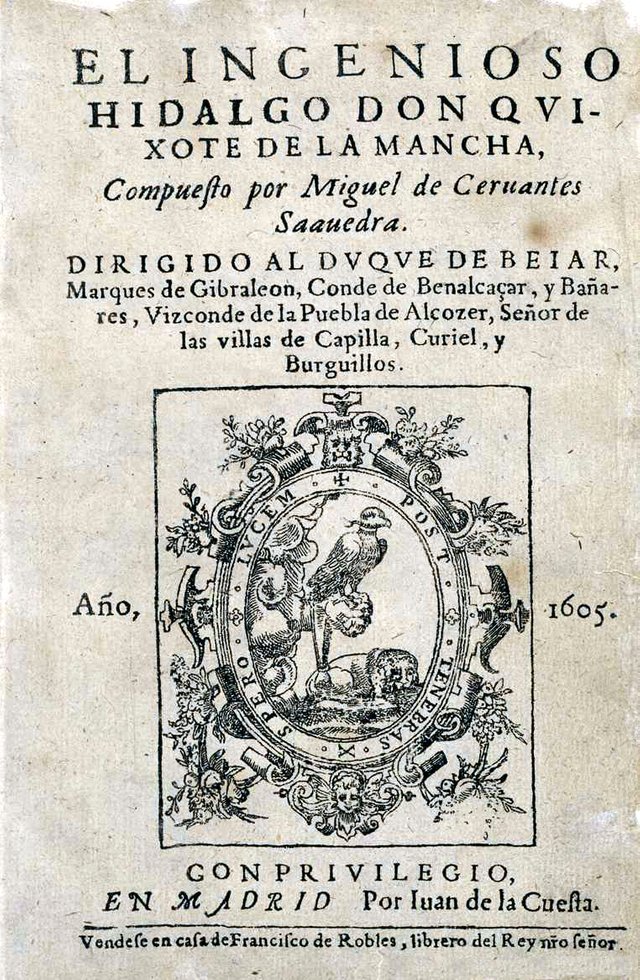
The old chevalier, along with his faithful aide Sancho Panza is, still today, an icon of dream and impossible conquests. To fight against windmills, who doesn’t do that still today? Aren’t we all just a little crazy while trying to achieve the impossible? Couldn’t we battle and battle against all odds even when the logic, the real world, shouts that it’s a nonsense? That’s what Don Quixote is all about. Still today…
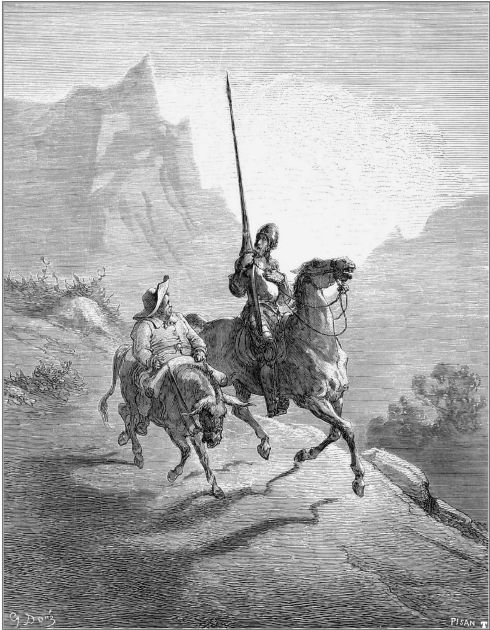
But, what really inspired Miguel de Cervantes on writing those adventures? That’s a question that can still be discussed today and the answer might surprise a few minds and scholars. Nothing of what is going to be revealed here is definitive or has the purpose of being an undisputed truth. But these are facts that must be added to the origins of the creation of Don Quixote, because they can give a clue to the creative process that lead to the birth of one of the most famous characters of literature.
First, we must see what country was Spain when Cervantes was preparing to write his master-piece. In 1605, the year “Don Quixote” was first published, the King was Filipe III, who had just succeeded to his father, King Filipe II, dead since 1598. On those days, King Filipe III was also King of Portugal, the small neighbour country on the Iberian Peninsula who had the control of the commercial maritime routes from its capital, Lisbon, across the Atlantic, to farway places in Africa, India and Brazil.
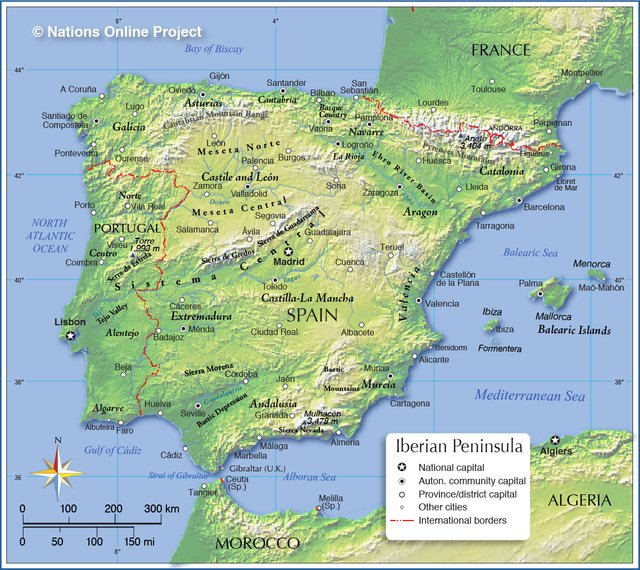
The annexation of Portugal by Spain took place in 1581, just 24 years before “Don Quixote” was published. So, when Cervantes was creating his most famous book, Spain and Portugal where the same country, ruled by the same King Filipe III – known then in Portugal as Filipe II.
Cervantes, born in 1547, was 34 years old when Portugal and Spain become united. He was and adult man, on his finest moment of literary creation.
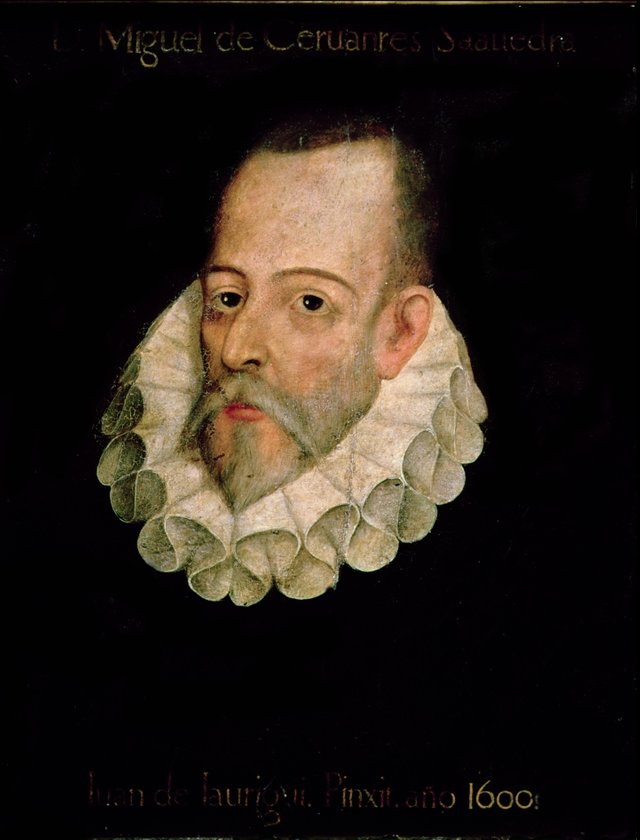
It’s then, during this historic period between Portugal and Spain that “Don Quixote” emerged in the mind of the Spanish creator.
And, now it’s also when the “ghost” of a Portuguese King enters.
His name is King Sebastian.
It was due to the death of King Sebastian, in 1578, without no one to succeed to him, that King Filipe II, father of Filipe III, was able to unite Portugal and Spain.
Sebastian, born in 1554, was an only child and had become King of Portugal with just three years old. During his initial years, he had his grandmother as the ruling Queen. Finally, Sebastian become effective King with the age of 14. During his upbringing he was raised under a strict protective dome due to fact that he was the only one able to keep Portugal as an independent Nation and separated from Spain. Much of his education was based on the historic battles of former Portuguese kings against Spanish and also the enemies of the catholic faith in Africa. So, young Sebastian grew up dreaming of the day when he also would inscribe his name on those books that he read while observing the Tagus River that baths Lisbon as their waters touch’s the Atlantic sea on the outskirts on the Portuguese capital.
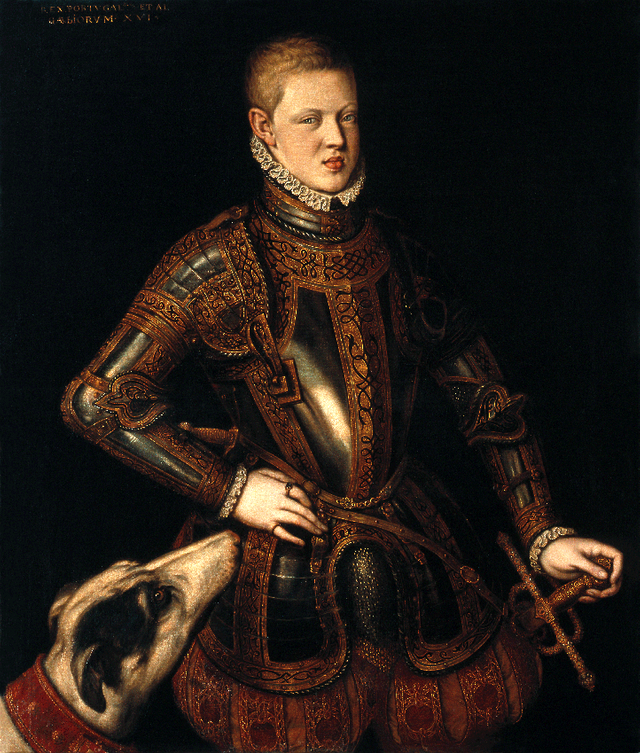
At the age of 24, Sebastian had his chance of being a hero like the kings of Portugal before him. And that was a battle in Morocco, on the North of Africa, not far away from the South of Portugal. Just on the other side of the Gibraltar Columns. It was considered to be an easy win. But, in fact, it was a massacre. The Portuguese suffered a major defeat at the Battle of Alcácer Quibir, in the north of Morocco, on 4 august 1578. King Sebastian was said to be killed. His body was never recovered or recognized among those latter presented and a “myth” was born.
The Sebastian Myth.
For the Portuguese, King Sebastian was still alive. Somehow he had been able to escape alive from the battle field, had a memory lost, but travelled by boat to Europe. Maybe Italy, and would, one day, return to Portugal and reclaim his right to the Portuguese throne that, in the meanwhile, had fallen into the hands of King Filipe II of Spain.
So, the Sebastian Myth was then very present in the relations between Portugal and Spain when Cervantes started writing “Don Quixote”.
Now the “plot” thickens.
When “Don Quixote” was first published, in 1605, that was 27 years after the battle in Morocco were Sebastian had been presumably killed. If Sebastian was still alive he would be about 51 years old. And that’s the age of Don Quixote. In this case, “Don Quixote” might well be seen as a satirical approach to the fact that, if King Sebastian would return to rule Portugal again, Cervantes book would show how he would look like to the eyes of his followers: a lunatic still dreaming of lost battles and a completely irresponsible old fool!
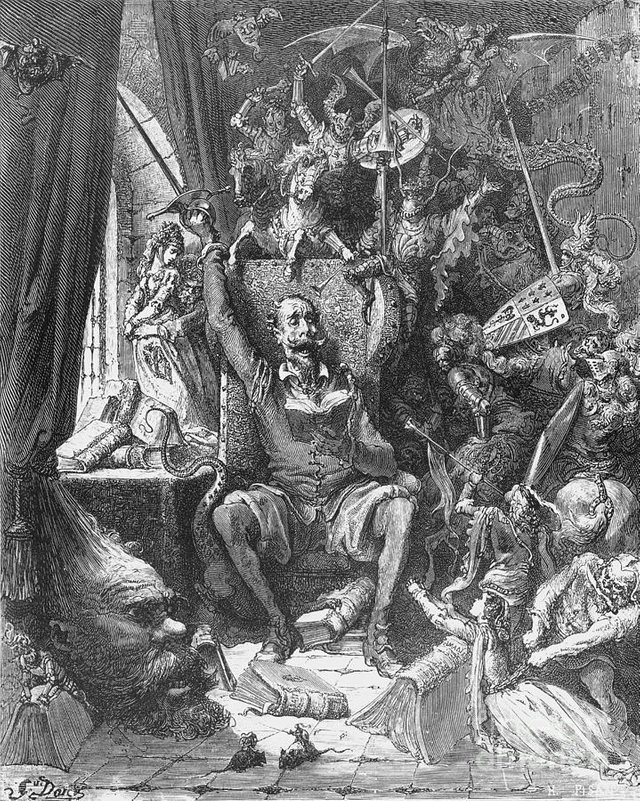
Also, some other clues. For instance, when Cervantes begins his immortal work we can read: “Somewhere in La Mancha, in a place whose name I do not care to remember”, one must ask: why the author doesn’t want to remember the name of that place in La Mancha? To answer that question let’s explain that La Mancha is a place in central Spain, South of the capital, Madrid. The capital of the region of La Mancha is Toledo. And the river that baths Toledo is the Tagus River, the same one that will continue his way to the Atlantic, passing by Lisbon. A Lisbon where Cervantes lived for two years and, maybe, didn’t left the city with good memories.
Another clue can be found in the forward of his “Don Quixote”, when Lisbon is the only city quoted by the Spanish author when he decides to name a town. On that same forward, Cervantes wrote also about the fictional power of a writer: “Under my cloak I kill the king”.
What King was the Spanish author “killing” with his writer cloak? The probable answer: King Sebastian of Portugal. More precisely, the Sebastian Myth of the return of the King that would separate Portugal from Spain.
Therefore, at the eyes of a 1605 reader, “Don Quixote” would be seen as a propagandistic book against those who wanted the separation of Portugal from Spain based on the believe of the return of King Sebastian.
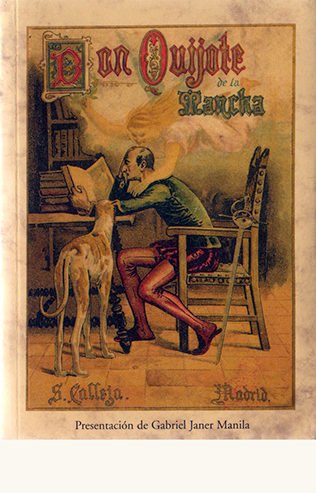
Cervantes died in 1616, eleven years after he published “Don Quixote” first edition. Portugal recovered its independence from Spain 24 years later, in a revolution on 1 December 1640, a date that’s still celebrated as a National holiday.
King Sebastian would have been 86 years old by then. Maybe he still saw the restauration of independence, throughout the eyes of an old fool that never ceased to believe that it was possible to win that battle against Spain.
Congratulations @fredericodc27! You received a personal award!
You can view your badges on your Steem Board and compare to others on the Steem Ranking
Vote for @Steemitboard as a witness to get one more award and increased upvotes!